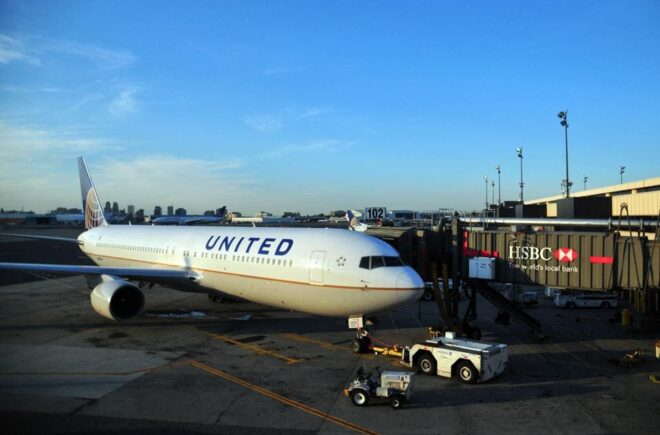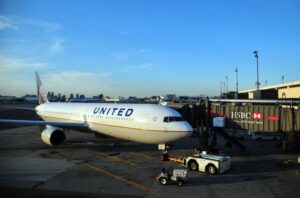
The airline world has been abuzz the past week about changes United Airlines has made to its boarding policy.
Beginning last Thursday, United reverted to a previously-used method that boards passengers with window seats first, then middle and aisle passengers.
The system was last used in 2017 but had to be changed due to the introduction of United’s basic economy fares as well as system limitations.
However, United says the method cut the overall boarding time by two minutes, and now, they are bringing it back with that goal in mind – a speedier, more efficient boarding process.It makes logical sense. Board people in window seats first to avoid the constant reorganizing and shifting that currently happens when aisle and middle seat passengers need to get up to let window seat passengers into the row.
But press coverage of the new boarding method has been focused on sharing the reactions of social media users, which have been mostly negative.Articles from The Today Show, Fox News, the New York Post, and the Daily Mail, among others, have all circulated the same handful of responses from users complaining about the new system. The headlines call the commentators “furious” and “outraged,” and warn about “brawls” on board because of the new system.Why it’s unfounded: United is not changing the number of people on the plane, or the amount of overhead space. So why would the competitive nature of overhead bin space intensify with this new policy? It won’t. Some people have always boarded first, and others have always boarded last. Bin space is an issue that needs to be addressed, I agree, but it has nothing to do with this new policy.Complaint #3: It would be better to board from the back of the plane.
Why it’s unfounded: There’s a logical case to be made here; however, the data doesn’t quite prove it at this time. In fact, American Airlines’ CEO addressed this a couple years ago and explained why back-to-front boarding isn’t much better. “When you do back-to-front there is just as much if not even more in some cases interaction with customers getting up and out of the aisle,” he said. Interestingly enough, he said at the time that the window-middle-aisle approach is ideal.
Complaint #4: We should boycott United because this new system will ruin everything.
Why it’s unfounded: Simply put, things won’t be much different for many folks. If you’re a frequent flier on United with status, have a United credit card, are traveling with kids, or are traveling on the same ticket with someone else, your boarding experience won’t change much. Passengers with disabilities, status, priority seats, and credit cards will still board in the first couple groups, prior to the window (Group 3), middle (group 4), and aisle (group 5) passengers. Group 6 is for all basic economy passengers, who get the benefit of paying the least for a ticket.Overall, don’t expect United’s new boarding process to make much of a difference. Most of the outrage I see is selective and over the top. The availability of overhead bin space isn’t changing, and concerns about families being split up are simply false.
So, let’s just give it some time and see how it plays out.While on a dive expedition earlier this month, a group of Polish technical divers came across a wreck that they could have easily overlooked as a sunken fishing boat. The sonar, a device used to detect shipwrecks, wasn’t hinting that much was under the surface.
Still, a couple of curious divers—Marek Cacaj and Pawel Truszynski—decided to duck under for a quick dive to see what might be lurking at the bottom of the Baltic Sea and in the waters between Sweden and Poland. They spent the next two hours marveling at a stash of 19th-century champagne bottles that were loaded in the sides of a well-preserved sailing ship 190 feet under the surface.The ship, they discovered, was brimming with treasures that included champagne, wine, mineral water and porcelain that could be at least 170 years old.
“There was so much of it that it was difficult for us to judge the quantities,” according to an update logged by the Baltictech Association, a group of divers who promote the Baltic Sea as the most interesting place to explore shipwrecks. “ We certainly saw more than 100 bottles of champagne and baskets of mineral water in clay bottles.”It’s possible, according to the association’s preliminary research, that the ship was en route to Russia and stocked with goods for Tsar Alexander II and the champagne may have been produced by Louis Roederer, a renowned Reims, France champagne house founded in 1776.

“We are in contact with the manufacturer and they have just confirmed that in 1876 they started producing champagne especially for the tsar’s court,” according to the diver’s most recent update. “This champagne had to be twice as sweet as the standard, because this was the Tsar’s expectation.”